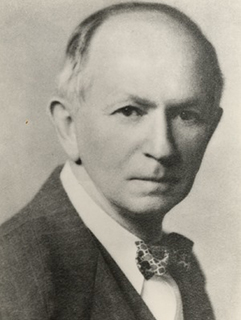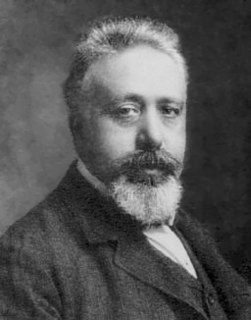Now that’s a whole bunch of mathematics I’ll never understand…
And you don’t need to.
Consider the graph below, it depicts the relationship between the populations of Canadian lynx and snowshoe hare from North American forests. In this case, the Canadian lynx is the predator and snowshoe hare is the prey.
From this graph, we can infer that the population of Canadian lynx increased as the population of snowshoe hare rose. Similarly, the population of Canadian lynx dropped when the population of snowshoe hair decreased. It clearly states that the population of the two species is inter-dependent on each other.
This cycle of predator and prey lasts approximately 10 years, with the predator population lagging 1–2 years behind that of the prey population. As the population of prey grows, the predators can hunt more, hence the population of predators increases as well. When the population of predators reaches a threshold level, they kill a lot of prey, and thus the population of prey starts to decrease. This is followed by a decline in the predator population because of scarcity of food. When the predator population is low, the prey population starts to increase due, at least in part, to low predator pressure, starting the cycle anew.


